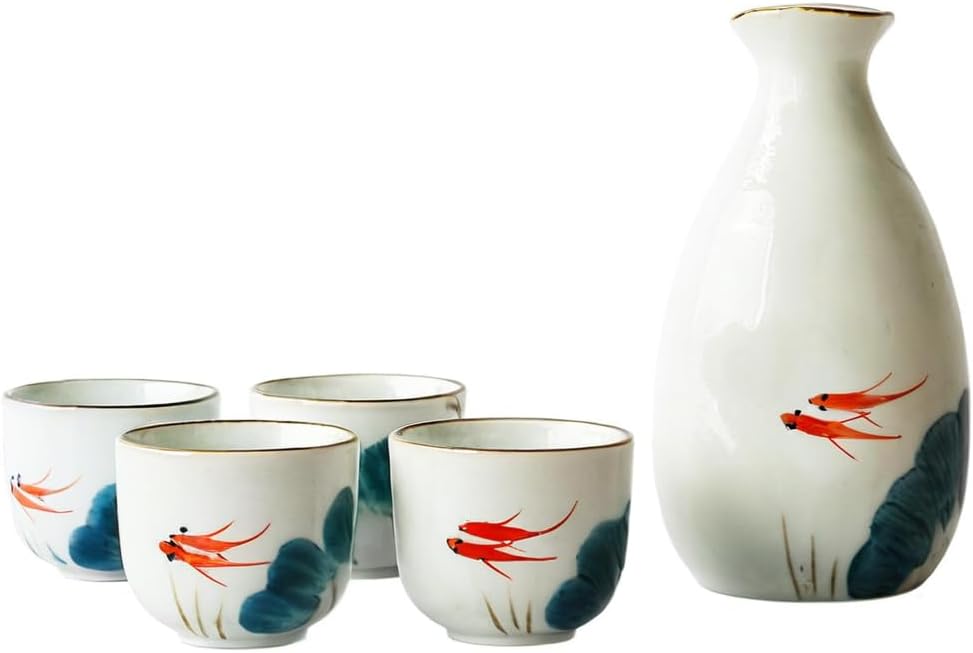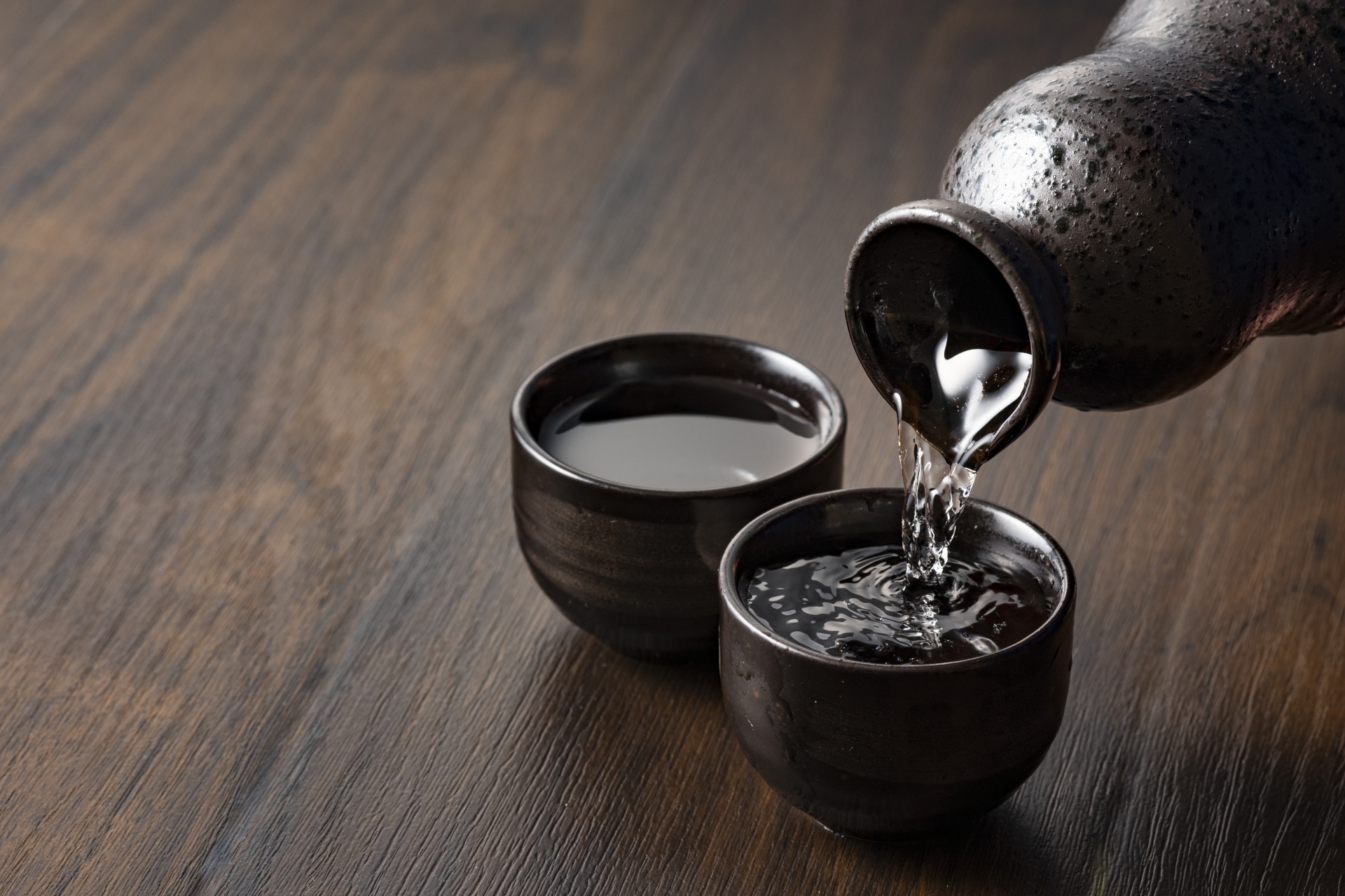- Discover the World of Japanese Sake
- Understanding the Different Types of Sake
- Japan’s Top Three Sake Brewing Regions: Saijo, Fushimi, and Nada
- Where to Experience Japanese Sake: Breweries, Izakayas & Festivals
- Warm Up with Atsukan: The Perfect Winter Sake Experience
- Bringing Japanese Sake Home: The Perfect Souvenir
- FAQ: Everything You Need to Know About Japanese Sake
Discover the World of Japanese Sake
Japanese sake is a traditional rice-based alcoholic beverage that has been a key part of Japanese culture for over 1,000 years. It is enjoyed during celebrations, religious ceremonies, and daily meals.
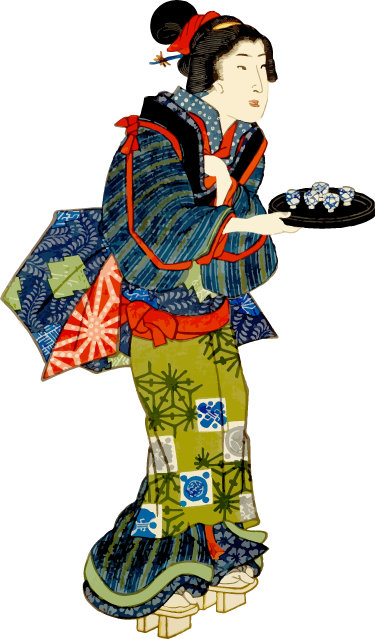
With a variety of flavors and brewing techniques, sake offers a unique drinking experience that both beginners and enthusiasts can appreciate.
Understanding the Different Types of Sake
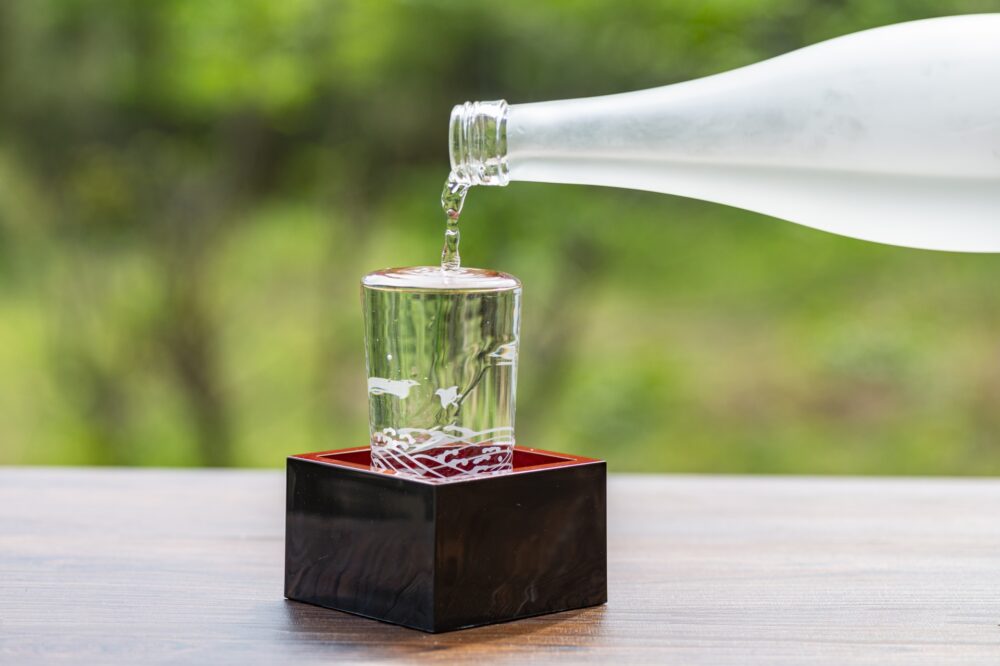
Sake is made from rice, water, yeast, and koji mold, with the fermentation process influencing its flavor profile. The key types of sake include:
- Junmai – Pure rice sake with a rich and full-bodied flavor
- Ginjo – Light and fruity sake, made with polished rice
- Daiginjo – A premium sake with a delicate and refined taste
- Nigori – Unfiltered and cloudy, offering a creamy texture
- Honjozo – Smoother sake with a small amount of brewer’s alcohol added
Sake can be enjoyed hot, warm, or cold, depending on the variety and season.
Japan’s Top Three Sake Brewing Regions: Saijo, Fushimi, and Nada
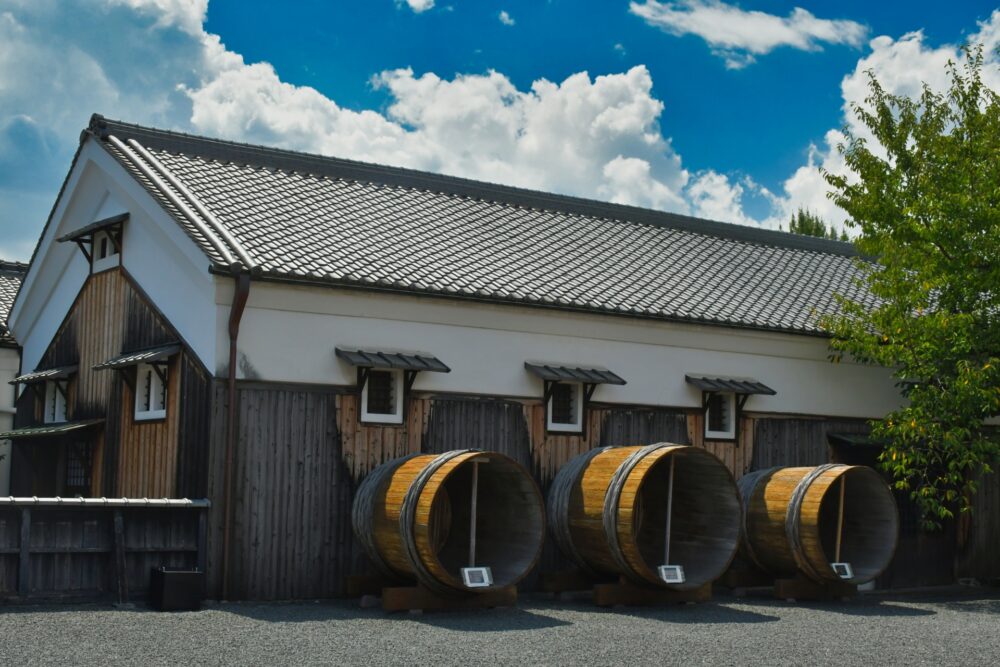
While sake is produced all over Japan, three regions are considered the most famous for sake brewing: Saijo (Hiroshima), Fushimi (Kyoto), and Nada (Hyogo).
These areas are collectively known as Japan’s Three Great Sake Brewing Regions due to their ideal brewing conditions and long-standing history.
Why Are These Regions Famous for Sake?
Each of these regions has unique qualities that make them perfect for sake production:
- Saijo (Hiroshima) – Known for its soft water, which requires a longer fermentation process. This results in smooth and mildly sweet sake, making Hiroshima one of Japan’s leading sake-producing areas.
- Fushimi (Kyoto) – Famous for its pure, soft groundwater, which produces elegant and refined sake with a slightly sweet and mellow flavor. The region’s historical connection to Kyoto’s culture and cuisine also contributed to its sake-making expertise.
- Nada (Hyogo) – This area benefits from hard water, rich in minerals, which helps create bold, dry sake. It is also home to some of Japan’s largest sake breweries, thanks to its ideal rice-growing conditions and easy access to trade routes.
Where to Experience Japanese Sake: Breweries, Izakayas & Festivals
If you’re visiting Japan, there are many places to enjoy an authentic sake experience:
- Sake Breweries – Breweries in Kobe, Niigata, Kyoto, and Hiroshima offer tours and tastings, allowing visitors to learn about the brewing process.
- Izakayas (Japanese Pubs) – Traditional pubs serve a variety of sake paired with delicious Japanese food.
- Sake Tasting Events – Annual festivals like the Kobe Sake Festival showcase regional sakes from across Japan.
Warm Up with Atsukan: The Perfect Winter Sake Experience
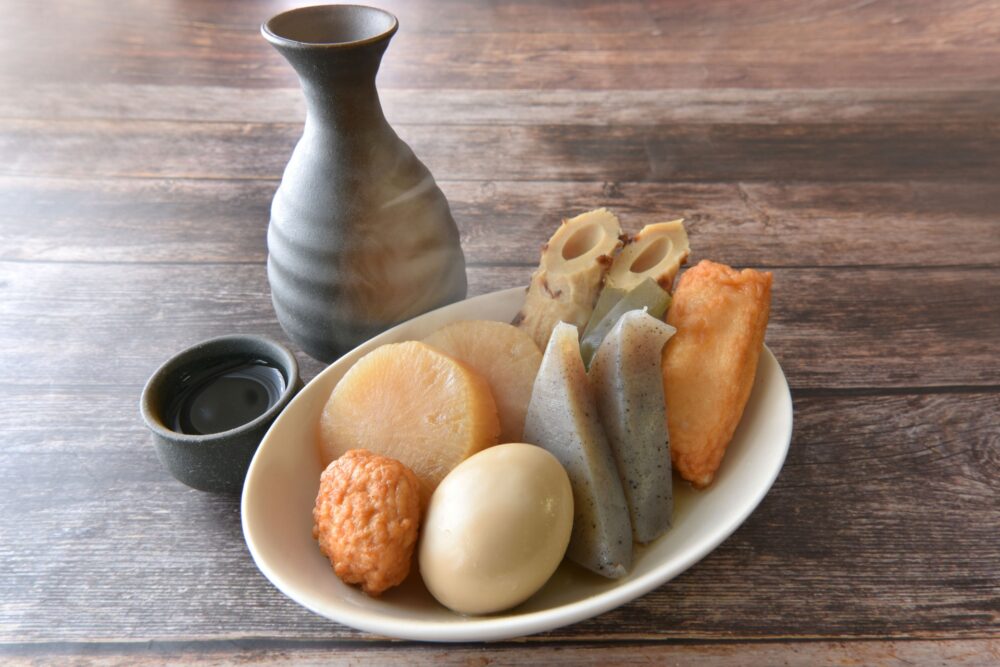
When visiting Japan in winter, be sure to try Atsukan, or warm sake! Heating sake enhances its rich aroma and smooth taste, making it a cozy drink on cold days.
Atsukan is a way of enjoying Japanese sake heated to around 50°C (122°F). It is pronounced “atsukan” in Japanese.
One of the best pairings for Atsukan is Oden, a traditional Japanese hot pot with ingredients like daikon radish, fish cakes, and tofu simmered in a light broth. The warmth of the sake and the comforting flavors of Oden create the perfect winter combination.
So, when the temperature drops, grab a cup of steaming hot Atsukan and enjoy the flavors of Japan!
Bringing Japanese Sake Home: The Perfect Souvenir
Before heading home, be sure to visit the duty-free shops at the airport, where you’ll find a wide selection of Japanese sake—perfect for souvenirs!
For an authentic experience, consider buying a traditional ochoko (sake cup) and tokkuri (sake flask) during your trip. They’ll make your sake tasting even more special!
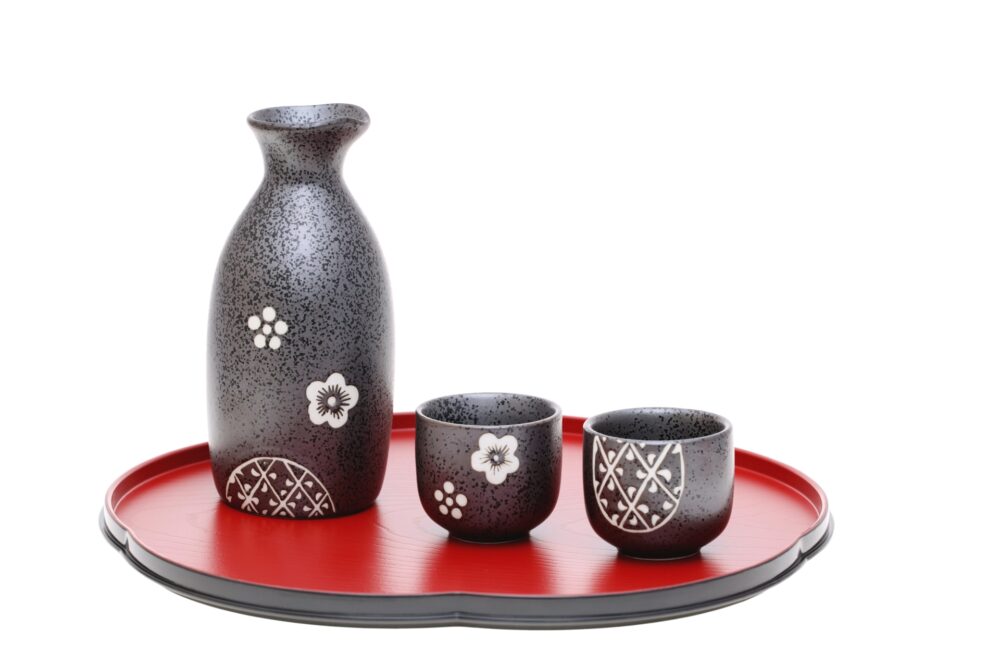
FAQ: Everything You Need to Know About Japanese Sake
Sake is a fermented rice beverage that has been a part of Japanese culture for over 1,000 years. It comes in various flavors, from light and fruity to rich and full-bodied.
You can visit sake breweries, izakayas, and tasting festivals throughout Japan. Popular sake regions include Niigata, Kyoto, and Hiroshima.
Sake typically has an alcohol content of 13-16%, similar to wine. Some varieties are smooth and light, while others have a stronger, richer taste.
No! Many izakayas and breweries offer tasting sets and English-friendly menus, making it easy for beginners to explore different types of sake. Ask the owner for recommendations—they will likely suggest a local sake. There are no strict rules on how to drink it—just enjoy it in a way that feels right for you!
